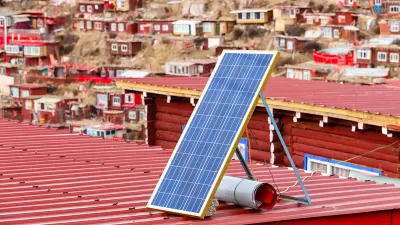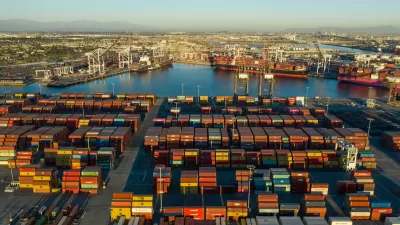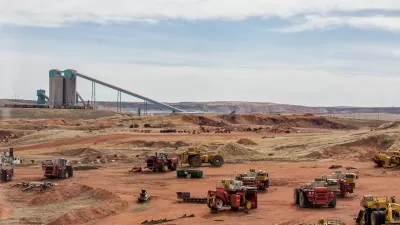China turning over a new leaf on pollution and greenhouse gases.

Despite what you might have heard from politicians about China's use of coal, the country's greenhouse gas emissions are actually declining. "China’s coal use and carbon emissions have dropped for the last two years. In 2015, China cut its coal use 3.7 percent and its emissions declined an estimated 1–2 percent, following similar decreases in 2014," according to an article by Ben Adler in Grist.
This decrease takes place as China enters a new phase of its development, with future growth no longer completely dominated by manufacturing and heavy industry but moving more toward service industries. Adler believes this, along with seven other reasons, point to a long-term revision in China’s attitude toward climate change.
Among the seven reasons highlighted in the article, Adler cites:
- China's soon-to-be-launched carbon market
- New nuclear, solar, and wind power generation
- Updates to China's building codes that emphasize efficiency
Adler concedes that some of the slowdown in pollution is tied to a slowdown in the Chinese economy and that these gains will shrink when Chinese consumers have the confidence to buy, and drive as they have in years past. But, the structural changes will remain and that should be good news to those concerned about climate change.
FULL STORY: 7 Signs that China is Serious about Combating Climate Change

Study: Maui’s Plan to Convert Vacation Rentals to Long-Term Housing Could Cause Nearly $1 Billion Economic Loss
The plan would reduce visitor accommodation by 25,% resulting in 1,900 jobs lost.

North Texas Transit Leaders Tout Benefits of TOD for Growing Region
At a summit focused on transit-oriented development, policymakers discussed how North Texas’ expanded light rail system can serve as a tool for economic growth.

Why Should We Subsidize Public Transportation?
Many public transit agencies face financial stress due to rising costs, declining fare revenue, and declining subsidies. Transit advocates must provide a strong business case for increasing public transit funding.

How to Make US Trains Faster
Changes to boarding platforms and a switch to electric trains could improve U.S. passenger rail service without the added cost of high-speed rail.

Columbia’s Revitalized ‘Loop’ Is a Hub for Local Entrepreneurs
A focus on small businesses is helping a commercial corridor in Columbia, Missouri thrive.

Invasive Insect Threatens Minnesota’s Ash Forests
The Emerald Ash Borer is a rapidly spreading invasive pest threatening Minnesota’s ash trees, and homeowners are encouraged to plant diverse replacement species, avoid moving ash firewood, and monitor for signs of infestation.
Urban Design for Planners 1: Software Tools
This six-course series explores essential urban design concepts using open source software and equips planners with the tools they need to participate fully in the urban design process.
Planning for Universal Design
Learn the tools for implementing Universal Design in planning regulations.
City of Santa Clarita
Ascent Environmental
Institute for Housing and Urban Development Studies (IHS)
City of Grandview
Harvard GSD Executive Education
Toledo-Lucas County Plan Commissions
Salt Lake City
NYU Wagner Graduate School of Public Service





























